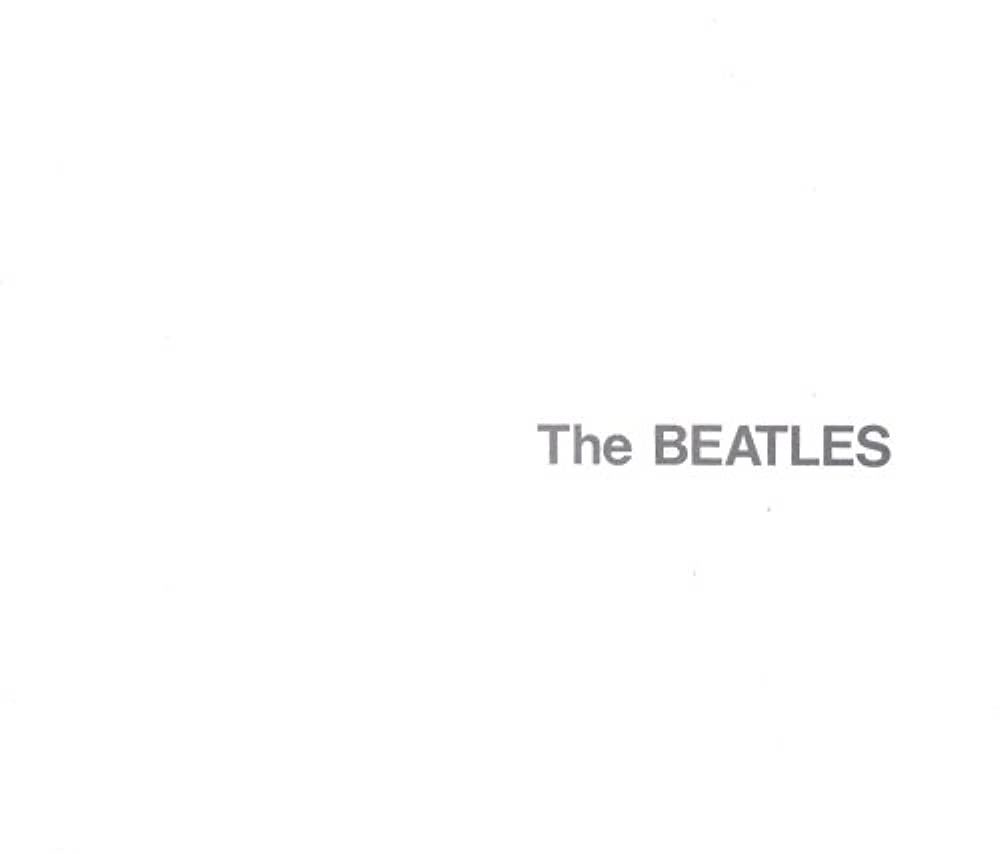Book Excerpt: What Goes On
Dear Prudence

Recorded August 28–29, 1968 for the White Album
—Lennon’s affectionate request that a friend “look around,” with a goal of personal growth, is layered with multiple soothing and enlightening guitar and backing-vocal parts.
With rock ’n’ roll surveying the teenage landscape, it’s curious we don’t have more songs about losing your virginity, a standard coming-of-age theme in fiction and film. In rock’s early era, a song like the Drifters’ “Save the Last Dance for Me” (1960) (Pomus-Shuman) made the dancing metaphor almost explicit through a Ben E. King lead vocal that soared enough to inspire the melody of “Hey Jude” eight years later. In 1964’s “Chapel of Love,” songwriters Ellie Greenwich and Jeff Barry wove a nifty metaphor for the Dixie Cups about going all the way, and by the 1970s, the Raspberries turned the cliché into a hit with “Go All the Way,” which pleaded with its subject to give him a chance, no metaphors required. Others include songs by the Kinks (“Tired of Waiting for You”), the Byrds (“Chestnut Mare”), and Neil Diamond (“Girl, You’ll Be a Woman Soon”). In “Cautious Man,” Bruce Springsteen sings as Horton, a surefooted yet shy man who remains “faithful to his code,” who suddenly lets his “cautiousness slip away.”
“Dear Prudence” has a well-known historical backdrop: during the February-March meditational, Prudence Farrow became known as the group’s introvert; she kept to her room, trying to “out–meditate” the others. But this only tells you so much about the track, which transcends its era as a subtle Lennon romance. The minimal, fragile lyric achieves a knowing confidence through simplicity: a simple plea for friendship blossoms into a fragrant, all-consuming texture, and a metaphorical sexual awakening takes shape through an uncommonly controlled slow buildup through the last verse.
The Beatles achieve a rare celestial effect through spare rock instrumentation: increasingly layered guitars, bass, piano, and drums. Lennon’s elegant Travis-style fingerpicked guitar gets accented gently by tambourine and bass alternating with bass alone in the first verse (0:19 and 0:32), joined by descending bass counterpoint in the second verse (1:03), which resembles a similar line in the bridge to “Don’t Let Me Down.” Answering the roar of the opening track, it poses an Edenic calm as a retreat from the jet set suggested by “Back in the U.S.S.R.”
The Beatles don’t elaborate so much as build on an economy of scale and refine, refine, refine, creating a slowly ripening intensity. Instead of adding mere backup vocals (easy to imagine on this pastoral theme), they add counter-harmonies in many overdubbed guitars and let the drums loose on the final verse (2:56) for a satisfying welling up of sound, with high-register piano tinkling its approval (3:03). (McCartney actually plays this drum track; it’s such a good Ringo imitation that many assumed it was Starr until the late 1980s, when Lewisohn consulted session logs to correct the record in The Beatles: Recording Sessions.)
“Dear Prudence” presents a new layer of Lennon’s persona, through which he once raged at perceived betrayal (“You Can’t Do That”), threatened betrayers with murder (“Run for Your Life”), or conveyed intimidation by women only in private (“Norwegian Wood”). This track nestles in an infinitely confident, slow-building desire that emphasizes affection above persuasion. “Prudence” avoids the insecurity, anxiety, and conflict that normally cloud his ballads, and forms a new “soft male” narrative that leads to solo songs like “Look at Me” and “Jealous Guy,” narrated by a more contrite macho jerk.
The tenderness at play in this undulating groove harkens back to the Buddy Holly lyrics Lennon quotes (“The sun is out, the sky is blue,” lifted from “Raining in My Heart,” a posthumous B–side to 1959’s “It Doesn’t Matter Anymore”), the simplest lines elevating the most elegant texture. The Holly recording comes from a demo he made alone in his New York City apartment, to which Dick Jacobs added strings. But you can hear the essential Holly sentiment beneath its lush frame: a teary heartbreak at remembered sweetness. (Lennon did invert one aspect of the apparent model: Holly’s song, written by Bryant and Bryant, features a rising chromatic line in an inner voice, whereas “Prudence” is based on the same descending mostly chromatic line heard in “Lucy in the Sky with Diamonds” and numerous other Beatle tracks.) By the final verse of “Dear Prudence,” the persona behind “I’ll Get You” and “You Can’t Do That” has been obscured, left behind for a more settled expression of love’s bounty.